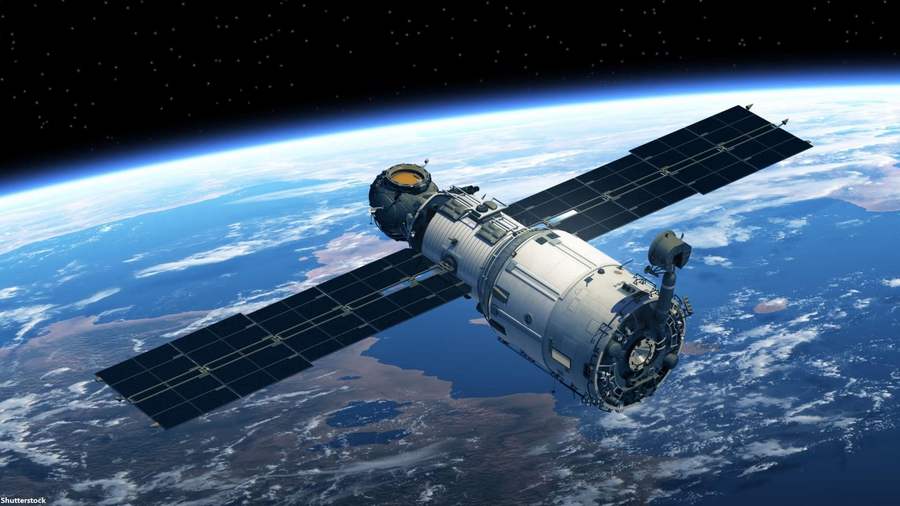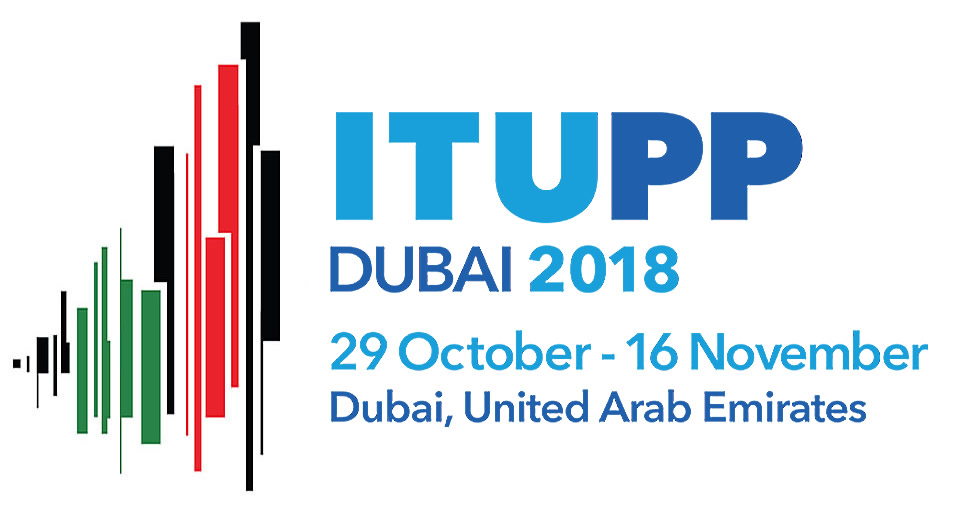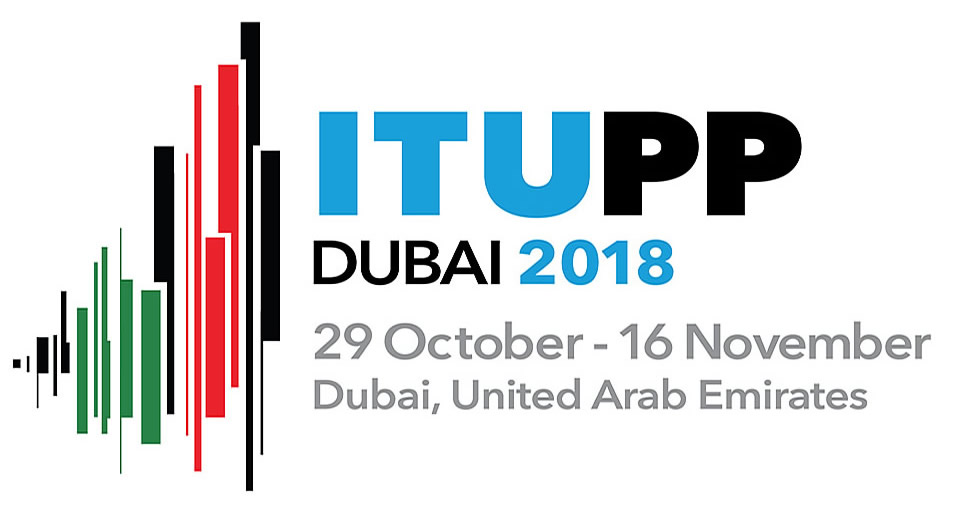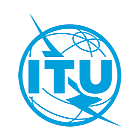This is the version of the backgrounder prepared for the Plenipotentiary 2018 Conference in October/November 2018. For the most recent version of this backgrounder, please see here.
Every time you turn on your radio or television, hop on a plane, call home on your mobile phone, access the Internet or find your location with your smartphone, tablet or personal computer, every time you watch the weather forecast or explore the Earth through satellite images, you are using one of the vital services that the ITU is coordinating worldwide.
ITU, through its Radiocommunication Sector (ITU-R), and its executive arm, the Radiocommunication Bureau (BR), is the global agency responsible for management of the radio-frequency spectrum and satellite orbit resources.
With the relentless expansion of wireless services worldwide, all services relying on radiowaves are competing for a share of the radio-frequency spectrum to support new applications, growing user numbers and exploding traffic. The importance and relevance of ITU-R work is therefore increasing every day.
 Photo by Shutterstock
Photo by Shutterstock
ITU-R activities include four main areas:
1. Establishment and updating of international regulations on the use of the radio-frequency spectrum and satellite orbits
Radio Regulations (RR)
A key component of international frequency management is the Radio Regulations (RR), the binding international treaty that determines how the radio frequency spectrum is shared between different services, including space services. Covering fixed and mobile radio services, satellite systems, radio and TV broadcasting, radionavigation, meteorological monitoring, space research and Earth exploration, as well as amateur radio, the RR encompass over 2000 pages of texts and charts that prescribe how equipment and systems must operate to ensure peaceful cohabitation in today’s increasingly crowded airwaves.
World Radiocommunication Conferences (WRCs)
ITU-R reviews and updates the RR through World Radiocommunication Conferences (WRCs), which meet every three to four years. The most recent conference, held in Geneva, 2 to 27 November 2015, welcomed a staggering 3300+ delegates representing 162 out of ITU’s 193 Members States, along with representatives from 100 Observers from among ITU’s 700 private sector members and international organizations. The next WRC, WRC-19, will be held in Sharm el-Sheikh, Egypt, from 28 October to 22 November 2019.
WRCs review the way radio spectrum is organized around the world, bringing together governments to negotiate and agree on the relevant modifications to the RR and commit to them. The preparatory process of WRCs involves extensive studies and preparatory discussions among all stakeholders (equipment makers, network operators, industry forums and users of spectrum) at national, regional and worldwide levels. Many of these stakeholders also serve as members of national delegations at the conference itself. This multi-stakeholder approach enables the necessary consensus to be built to ensure that WRCs maintain a stable, predictable and universally applied regulatory environment which secures long-term investments for a multi-trillion dollar industry.
The four-week programme of a WRC includes the review and update of the global technical, operational and regulatory provisions that govern the use of the radio-frequency spectrum for terrestrial and satellite applications. In conducting its activities, the conference attempts to cast a proper balance:
- between the need for worldwide harmonization (to benefit from economies of scale, connectivity and interoperability) and the need for flexibility in spectrum allocations,
- between the need to accommodate new and innovative systems, applications and technologies as they arise and the need to protect existing radiocommunication services, including from non-radio equipment and appliances.
KEY TOPICS TO BE ADDRESSED AT THE WORLD RADIOCOMMUNICATION CONFERENCE 2019:
- Additional spectrum allocations and identifications for various platforms providing mobile broadband:
- International Mobile Telecommunications (IMT);
- High Altitude Platform Stations (HAPS);
- Non-geostationary systems in the fixed-satellite service;
- Radio Local Area Networks (RLANs).
- Additional spectrum allocations for the radio amateur service.
- Regulatory provisions and harmonization for new or enhanced tansportation systems:
- modernization of the Global Maritime Distress and Safety System (GMDSS) to increase safety at sea;
- introduction of the Global Aeronautical Distress and Safety System (GADSS);
- intelligent transport systems (ITS);
- railway communications.
- Improved regulations for space services:
- protection of essential data collection systems for scientific applications used for Earth observation, weather forecast, climate monitoring, etc.;
- earth stations in motion;
- Geostationary satellite orbit (GSO) satellite networks and non-GSO satellite systems.
Radio Regulations Board (RRB)
The international regulations on spectrum, as adopted by WRCs through a revision of the RR, are complemented by Rules of Procedure (RoPs), which, where necessary, explicit or clarify the way in which the provisions of the RR are to be applied. These RoPs are adopted by the Radio Regulations Board (RRB), which consists of 12 elected members selected for their qualification, experience and regional representation.
2. Implementation and application of international regulations on the use of the radio-frequency spectrum and satellite orbits
The RR contain a number of regulatory provisions and procedures which describe how the administrations from the 193 ITU Member States may acquire and exercise rights to use spectrum in the various frequency bands allocated for this purpose, and the corresponding obligations. These rights and obligations may then be transferred to the operators of each specific radiocommunication station through a license delivered by or on behalf of the government of the corresponding country.
Administrations apply these provisions and procedures on a daily basis, in close interaction with BR.
International Frequency database
A key element of international frequency management is the Master International Frequency Register (MIFR). The MIFR is a database which contains the spectrum characteristics (“frequency assignments”) of the radio stations in operation throughout the world and confers to these stations international recognition and protection against interference. This database is managed by BR and currently contains 2.6 million frequency assignments for terrestrial services and over 200 000 are added every year. For space services, more than 1.1 million of assigned frequencies are contained in this database. In addition, about 350 000 assigned frequencies for the broadcasting-satellite service and 25 000 alloted frequencies for the fixed-satellite service are planned for future uses.
The procedures specified by the RR to record new frequency assignments in the MIFR are designed to ensure that every new spectrum usage in a particular geographical location is compatible with the ones previously received. In many cases, coordination between the administrations and operators involved is necessary to ensure this compatibility.
Application of these procedures ensures an interference-controlled environment for both terrestrial and satellite systems and guarantees equitable access to use of the resources of the frequency spectrum and geostationary-satellite orbit.
BR regularly reviews the content of the MIFR to ensure that it is consistent with actual use. It publishes the list of maritime and coast radio stations, which is a key element in ensuring safety of life at sea. It also provides assistance to administrations in applying these procedures and in resolving cases of harmful interference, which currently concerns 1 in 5 000 assignments.
When situations arise of disagreement between administrations or between administrations and BR, RRB may consider the issue. In this case, any decision by RRB may be appealed to the next WRC.
3. Establishment and updating of worldwide recommendations, reports and handbooks for the most efficient use of the radio-frequency spectrum and satellite orbits, including best practices on national spectrum management activities
Worldwide technical standards
ITU-R also plays a central role in developing global standards for radio-based telecommunications systems, including terrestrial and space systems, as well as best practices on national spectrum management activities. The worldwide technical standards (ITU-R Recommendations) are developed within the six Study Groups of ITU-R, which gather experts drawn from government, industry, academia and regional and international organizations, who collaborate in establishing the characteristics of the systems and services that will define tomorrow’s wireless landscape.
ITU-R follows closely the increasing levels of radio-frequency noise in the environment and the consequential increase in instances of electromagnetic interference on several radiocommunication services. ITU‑R alerts regularly and collaborates with the concerned standardization organizations towards the monitoring and possible reduction of the above-mentioned phenomena. Another important role of ITU-R Study Groups is to conduct the technical, economic, regulatory and operational studies in preparation and in support of WRC decisions.
In 2020, ITU-R will finalize the detailed specifications for the radio interface of “IMT for 2020 and beyond”, paving the way for 5G mobile broadband connected society. These specifications will include the additional spectrum that will be identified for IMT by WRC-19.
In ITU-R Study Group meetings, representatives from different horizons get together to define new platforms, from enhancements to today’s IMT-2000, IMT-Advanced systems, and IMT-2020 (referring to 3G, 4G and 5G mobile) to IMT 2020 and beyond.
Under ITU’s IMT-2020 programme, ITU membership is developing the international standards to achieve well-performing 5G networks. Together with worldwide allocations and global identification of frequency bands by WRCs for harmonized use, these recommendations ensure maximum economies of scale for the development of affordable radiocommunications for the general public, thus bridging the digital divide.
ITU-R Recommendations aren’t just good for business – driving economies of scale and economic development, providing more flexibility in choosing partners and service providers and allowing more efficient use of spectrum to respond to traffic growth and new applications – they are essential to the proper and spectrally efficient functioning of radio equipment in an environment where everyone is now effectively using spectrum resources.
4. Information and assistance to ITU-R membership in radiocommunication matters
To inform and assist its membership of the results of its activities in adopting international regulations, global standards and best practices on spectrum use, ITU-R also regularly holds seminars, workshops and symposia.
These address a range of issues, currently ranging from broadband and mobile applications, transition to digital television and allocation of the digital dividend, WRC preparations, efficient use of the spectrum/orbit resources, emerging spectrum management techniques, like Dynamic Spectrum Access and cognitive radio.
This activity is also part of ITU’s efforts to promote at all levels the creation of an enabling environment for the development of a sustainable and efficient use of spectrum at the most affordable price in all regions of the world.



